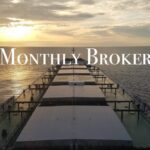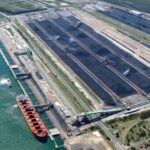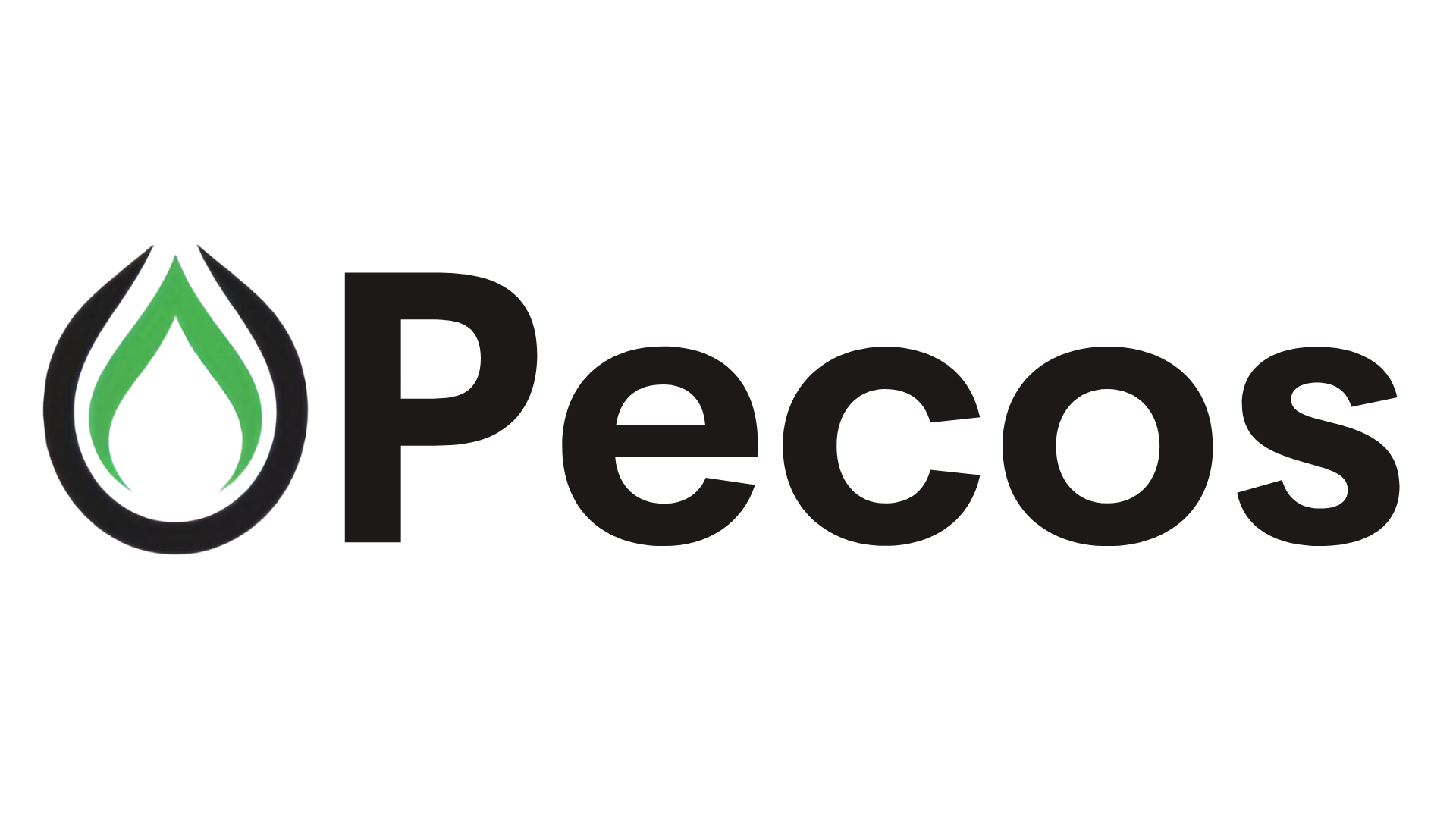Energy News Beat
The maritime industry is undergoing a rapid technological transformation, with AI emerging as a driving force behind it. Recent publications, such as the Global Maritime Tech Startup Map 2025 by Flagship Founders and SkySail Advisors’ Maritime Technology Landscape, highlight the explosive growth of companies providing tech solutions for the sector as well as belated consolidation in what is a fragmented market with a lack of standardisation.
Flagship Founders published the Global Maritime Tech Startup Map 2025 earlier this month. It offers an overview of the current global landscape of maritime tech startups and scaleups.
The third edition of the map now features 176 startups, up from 149 the year before. Some have been added, while others have been removed after no longer meeting the selection criteria.
The startups are exclusively or primarily active in the maritime industry, and founded in 2015 or later. Their core offering is software, not hardware, and they must be independent companies. They can’t be a spinoff, a merger, or acquired by a bigger firm.
The map shows a quite expected growth in the number of startups working with AI technology. In 2025, 45% of all featured startups report using AI in their offering, up from 27.5% the previous year.
The condition and maintenance category of the map is an AI stand-out, with 72% of startups integrating AI into their products, more than in any other category. In the communications and information management category, 90% of startups founded within the past three years use AI, which will most probably increase the use of AI in the segment. Currently, 56% of the startups in this category integrate AI.
Other categories, such as procurement (28%), ports and docks (40%), and crewing and crew management (33%), use AI to a lesser extent. This may suggest that these fields are either more difficult to address with AI or that the potential for its use is far from exhausted.
Christopher Aversano, partnership lead at Wood Mackenzie and host of The Last Dinosaur podcast, sees AI as the key to maritime tech development.
“Key areas of focus include data management, port operations, crew welfare, and sustainability. All categories will take advantage of AI. The winners will be those who use AI in a way that incorporates users’ data,” he explains in a conversation with Splash Extra.
The map points to Europe as the dominant hub for maritime startups, attributed to the proximity to industry talent and supportive governmental and industry investment policies.
But Tabitha Logan, director of projects at Hong Kong bulker owner and operator Cetus Maritime, and co-founder of The Captain’s Table, says Asia and the Middle East have some exciting developments too.
“We are seeing an increase in solutions coming out of Asia. There are a number of large Asian CVCs which are actively investing in the maritime sectors, including MOL, NYK, China Merchants, Swire, COSCO, etc., which will be driving this forward,” she says.
Logan is also fully behind AI and machine learning in the voyage optimisation and predictive maintenance space.
Another company did a similar map last month. SkySail Advisors announced its Maritime Technology Landscape, which keeps up with the latest in private equity, M&A, and venture capital activity in the maritime technology realm. Its last month’s issue had over 170 companies divided into three main categories – commercial operations, vessel management, and intelligence and analytics. The vast majority of these are not startups, and the two publications do not overlap a lot.
The commercial operations section covers companies in charge of pre-fixture, voyage management, demurrage, post-fixture, shipbroking, collaboration, fixtures, distances, bunkers, port agency, credit and risk, e-bills or lading.
Vessel management lists firms focused on voyage optimisation, vessel performance monitoring, nautical charts, crew and technical management, and procurement, while intelligence and analytics covers companies working on cargo and vessel tracking, satellite AIS, market data and forecasts, and vessel valuations.
Looking at the SkySail map, Aversano points out that the number of companies has grown by 13% compared to the June 2021 edition. He adds that the emergence of new categories such as shipbroking, demurrage, distances, and port agency indicates market diversification and maturation.
Just these two publications reveal around 350 companies in the maritime technology sector. That number is big on its own, but that is just the tip of the iceberg.
“By our latest count, there are 4,915 suppliers in the maritime technology sector that we have profiled in our database across ship operations, chartering, and ports and terminals,” Nick Chubb, founder of maritime technology research business Thetius, reveals.
He does believe that startups play an incredibly important role in the maritime innovation ecosystem, but he points to the role that small and medium enterprises play in this. Those businesses are, by his definition, over five years old but with under 250 employees.
“There is a huge long tail of small suppliers that operate in the maritime industry, many of whom are highly innovative, but often get overlooked in favour of startups raising money. Some 53% of the suppliers in this space are small businesses, many of whom are quietly innovating and driving material change,” Chubb says.
Multiple players will thrive feeding off small wins
When assessing the two publications side by side, the Flagship Founders map is much more limited than that of SkySail, but even that one, according to experts is incomplete, showing what a difficult job shipping companies face when looking for a particular solution.
As is the case with all boom periods, and AI is undeniably fuelling a tech boom period, it is not all good. As Manish Singh, shipping investment consultant and CEO of newly formed Maris Investments, states, the two publications expose a growing vulnerability – congestion over clarity.
“At first glance, the explosion of logos suggests innovation. But look closer, and you’ll see overlap, duplication, and fragmentation. The real challenge now is integration,” Singh states.
Singh says that too many point solutions address similar problems in indistinguishable ways, with numerous vendors selling indistinguishably similar point solutions, and only a handful building integrated ecosystems.
So, fragmentation is seen as a big issue, something also picked up by Kris Kosmala, a partner at Click & Connect. Consolidation is possible, he says, but highly unlikely. For startups, it is even less likely.
“Consolidation of those vendors is possible, but as startups, many of them have no cash to buy out competitors. Some do with cash from their core investors, but they cannot buy enough to become dominant across owners and operators of 10,000 vessels in use. So, the fragmentation will continue for a long time, even if only for this one reason,” he tells Splash Extra.
He says that many companies from the two tech maps were happy with just a few clients and a couple of hundred ships. According to Kosmala, they have no go-to-market strategy to dominate the whole market.
“Or in different words, of all the small fish in the pond, no singular aggressive fish is trying to eat all the small fish feeding on the same food. Each fish is now happy with their little patch. So, fragmentation will remain. Multiple players will thrive feeding off small wins. More startups will keep entering, and most of them will end up perishing,” Kosmala says.
More startups will keep entering, and most of them will end up perishing
And the unintended result of all that, as Singh puts it, is a signal overload to the average customer with a lot of noise and uncertainty about what solutions can actually scale. He even points to cases in which investors acquired companies without a clear product or strategic thesis.
“Maritime professionals don’t need more apps. They need fewer but smarter systems,” Singhargues, revealing his affinity for faster consolidation into scalable platforms and convergence between such platforms in maritime services, and particularly maritime technologies.
Such fragmentation is mostly because no one is pushing for standardisation outside of container shipping and the work done by the Digital Container Shipping Association.
Some companies have hundreds of ships under management or even own that many. But there are a lot more companies that own and operate vessels in the single digits.
The current philosophy of new software companies is to try to sign up the largest possible shipping company. This is preferable to a bunch of little software providers each signing up a few companies with just a couple of ships. That, in turn, will keep the fragmentation going for a long time, and the fatigue in the industry around interoperability, connectivity, and data flow issues will linger.
Morten Lind-Olsen, CEO of Norwegian maritime digital platform Dualog, also sees fragmentation as an issue. He believes that consolidation will happen eventually, or as he put it, “as always in shipping – slowly”.
He sees consolidation happening globally in connectivity, as well as for data collection, sharing, and analysis, which will inevitably include AI.
Competence and integration, which entail advanced vessel IT, will also consolidate in the future, along with certain regional or geographical initiatives.
Another danger in the current maritime tech landscape according to Cetus’s Logan is the lack of cyber security offerings.
“I’m surprised to see with the increased use of technology that cybersecurity solutions remain limited, we see this as an increasing threat as systems become more interconnected,” she says while looking at the two tech maps.
The tech maps do point towards solution providers for ports and docks. It is the second largest category in the startup map and carries with it significant potential.
“This signifies a shift from primarily vessel-based technologies to port-centric solutions. This area has significant growth potential and may overtake the communication and information management sector as companies with supply chain expertise expand into maritime operations,” says Aversano, whose podcast has been tracking maritime tech over the years.
But how the tech itself will develop is anybody’s guess. The speed of AI development in the maritime industry has accelerated at warp speed in recent years, driven by advances in data analytics, sensor technologies, and automation.
The post The convoluted maritime tech scene appeared first on Energy News Beat.










